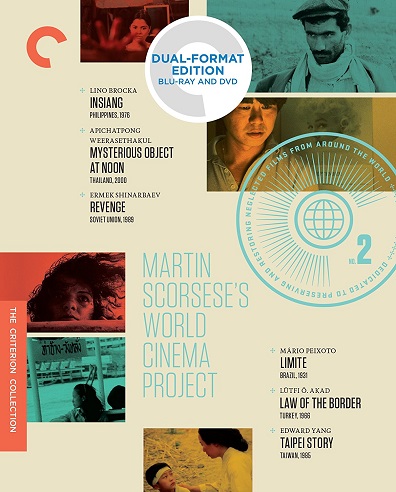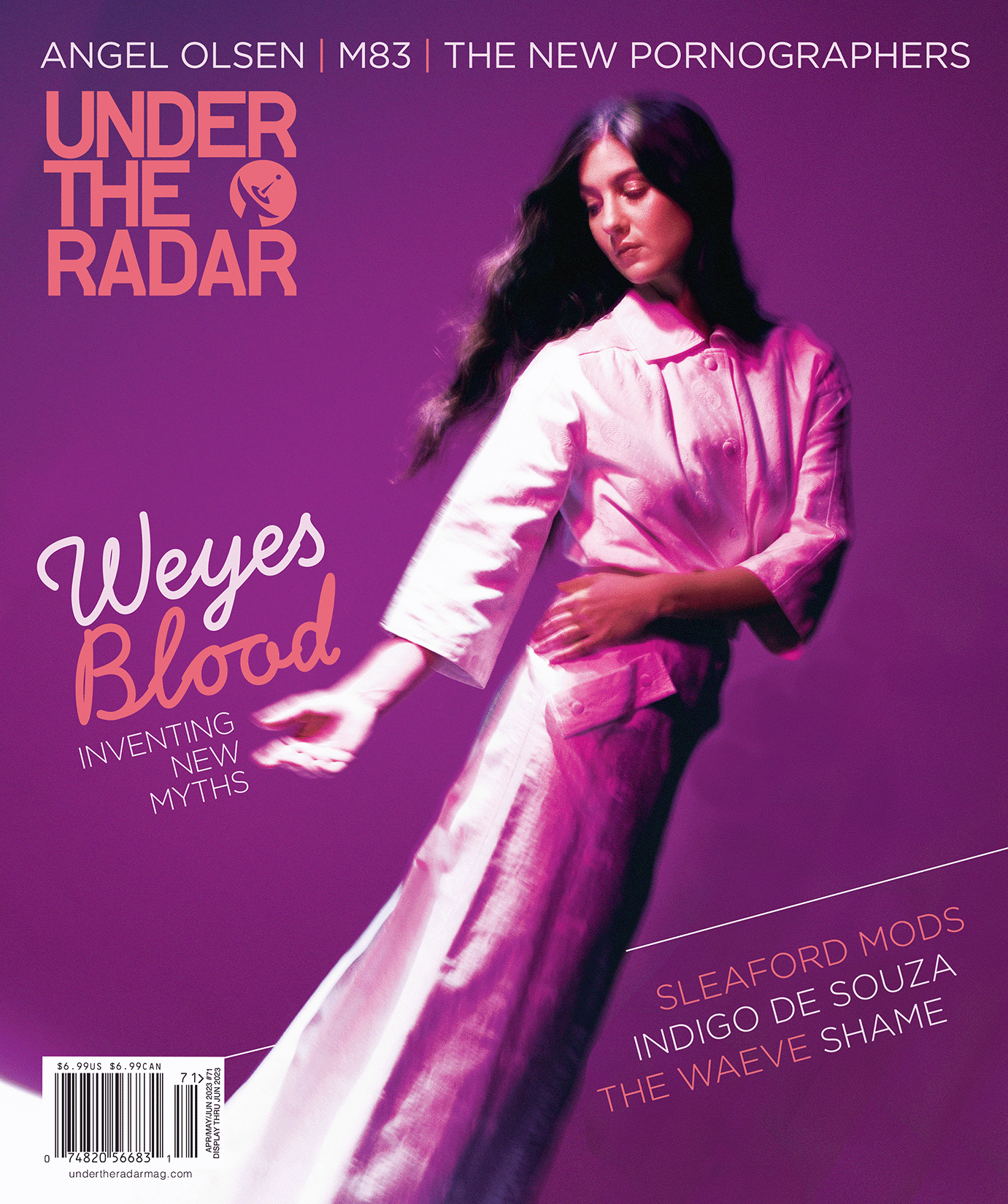
Martin Scorsese’s World Cinema Project No. 2
Studio: Criterion
Jun 30, 2017
Web Exclusive
![]()
To what degree the release of what we’ll call in italics Martin Scorsese’s World Cinema Project, which had its release of its first volume of six films back in December 2013 and recently had its second volume this last month, can be considered a conscious effort for the esteemed boutique home video distribution company The Criterion Collection to rectify its previously established taste is a question that’s hard to ignore. Criterion, which has done undeniably great work for film history and for lovers of the medium by preserving, restoring, and releasing great cinema to tbe public – albeit, to those that can afford it (list price for their Blu-rays is around $40 each). And Criterion’s curation, which is a mix of canon, deep cuts, and various industry deal picks, leans towards the Eurocentric, the Amerocentric, and the East Asiatic, and little more than 3% of its 850+ film library containing work directed by women. Scorsese’s World Cinema Project, the organization part at least, already existed within his nonprofit The Film Foundation. So the films in worked on by WCP, and released in the box sets, have been licensed by Criterion for the purpose of release. (Of course they are, the point is for people to get to see them, and pretty home video sets is the way to go.) The first volume contained work from countries including Senegal, Mexico, India and Bangladesh, Turkey, Morocco, and South Korea. Criterion’s newest WCP set contains films from the Phillipines, Thailand, the Soviet Union, Brazil, Turkey, and Taiwan. It’s unequivocally a strategic move, and a good one at that. But beyond the somewhat obvious idea that the release of the set is a kind of saving face, consciously or otherwise, the films in the set justify themselves in the Criteiron library anyways. More than that, there’s a sense of the films’ sense of asserting their power.
If the landscape of cinema and the way we watch it continues to change rapidly, a Turkish film from 1966, Luttf O. Akad’s Law of the Border feels incredibly relevant, as it travails the terrain of both politics and form, framing the film’s conflict within the tweaked generic conventions of the western. Edward Yang, too, understood the fast paced evolution of society and politics, and how film can attempt to capture at all. His films, still rather difficult to access in the United States (with the exception of Yi Yi and A Brighter Summer Day, the release of which by Criterion had gestated for literally my entire high school and undergrad career), carefully walked the line of the intimacy of human interaction and the ways in which the larger social world can function as the terrarium within which these interactions take place. Taipei Story acutely understands the limbo of living in the past and present, and while Yang’s characters are placed in emotional duress, his deep empathy for his characters never feels exploitative.
It’s Ermek Shinabaev’s Revenge that best makes the case for trauma being a core factor in asserting one’s identity, or at least what one thinks is their identity. A much bleaker and demandingly paced take on the revenge story (somewhat ancestral to Park Chan-wook’s Vengeance Trilogy), Shinabaev fills his frames with dread and ambivalence, so that its lead character has an identity established for him. Sorting out what that means is as important as the actual act. That one time Brazilian director Mario Peixoto’s film Limite is in such terrible shape (restoration notwithstanding) adds to its haunting zeal. Marked by high contrast and (retroactively) reminiscent of some of the abstractions in the work of Jean Vigo and Maya Derren, the damage on the film almost serves as a technique of conveying trauma in its own right.
Violence makes its way across cultures for much the same reasons, and the Filipino melodrama Insiang makes this clear. What are heartbreak and trauma if not universal, the language that can be shared by all? Trauma infects this film in the most upsetting of ways, with the rape of its lead setting the film into motion, a character study the lays the kind of groundwork for intense, complex examinations of personhood and rape, such as Paul Verhoeven’s Elle and Gregg Araki’s Mysterious Skin. But it is the Thai auteur Apichatpong Weerasethakul that stands out in this set as both the most engrossing and powerful, as well as most confident in its artistic vision. His debut feature has all the ingredients that would help define his work from Tropical Malady to Cemetery of Splendor, and he seems to come right out of the gate, vision clearly articulated in his debut Mysterious Object at Noon, circling fiction and nonfiction with little desire to be categorized beyond its empathy for human pain.
It might be nice if the WCP extends its offerings beyond the depressing, Martin Scorsese’s World Cinema Project No. 2 clearly voices why a vast variety of work is important to the discourse around film and particularly important to include in Criterion’s library. Humanity stretches across and transcends borders, but the perspectives that these films offer are wholly unique, informed by each nations’ politics and each filmmakers’ vast experiences. One hopes that the ability to release another box set in this vein, or to merely include films like these in their mainline releases, will give Criterion the motivation to express that the world is not enough.
www.criterion.com/boxsets/1258-martin-scorsese-s-world-cinema-project-no-2
Most Recent
- Premiere: Mia Day Shares New Single “Mountain Song” (News) — Mia Day
- Tallinn Music Week, Tallinn, Estonia, April 3-7, 2024 (Review) — Virta, Musta Huone, Mari Kalkun, Sven Grünberg
- Picnic at Hanging Rock [4K UHD] (Review) —
- Joe Goddard of Hot Chip Announces New Album, Shares Video for New Song “Moments Die” (Feat. Barrie) (News) — Joe Goddard, Hot Chip
- Premiere: O Slow Shares New EP ‘Every Time I Look In The Mirror’ (News) — O Slow


Comments
Submit your comment
There are no comments for this entry yet.